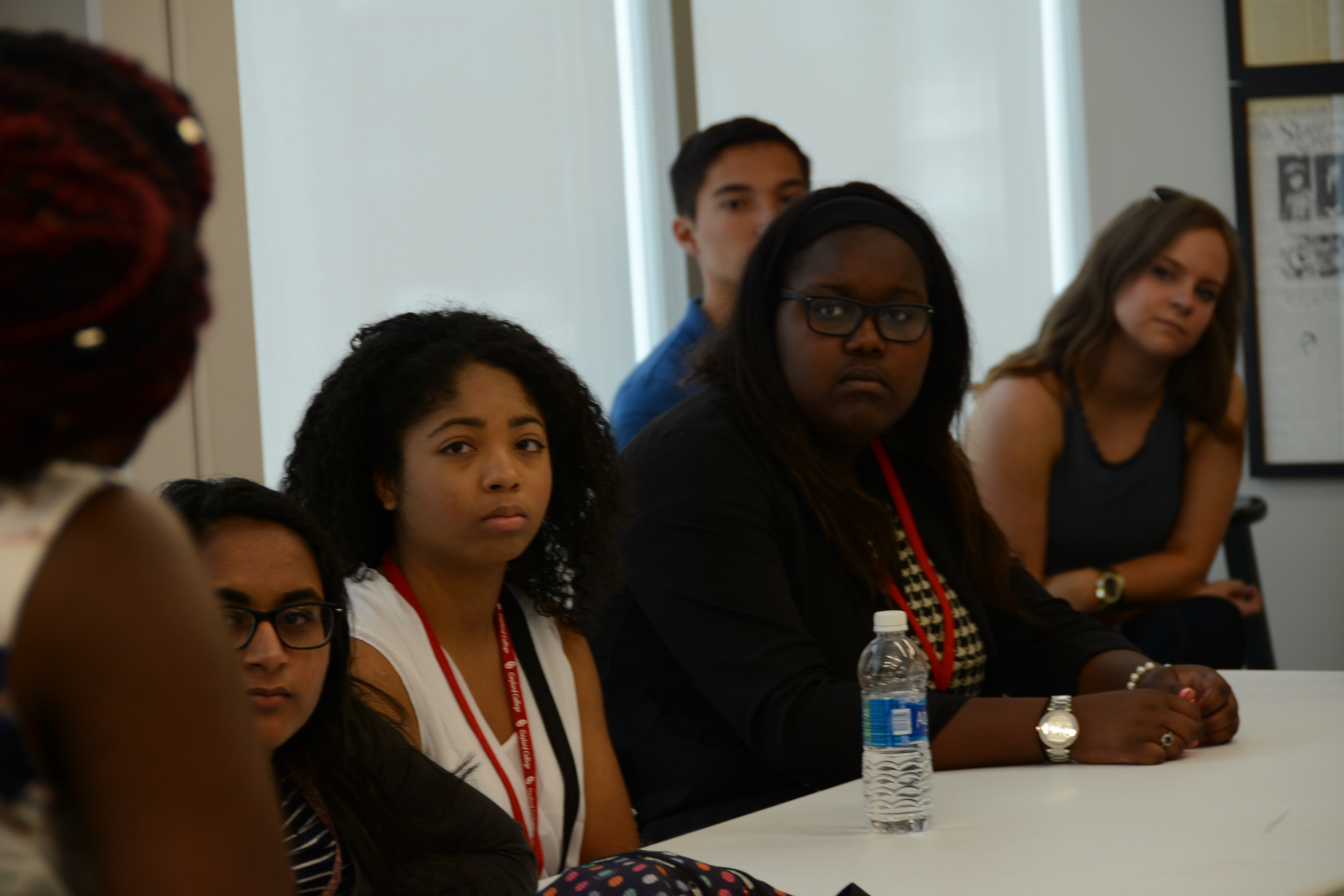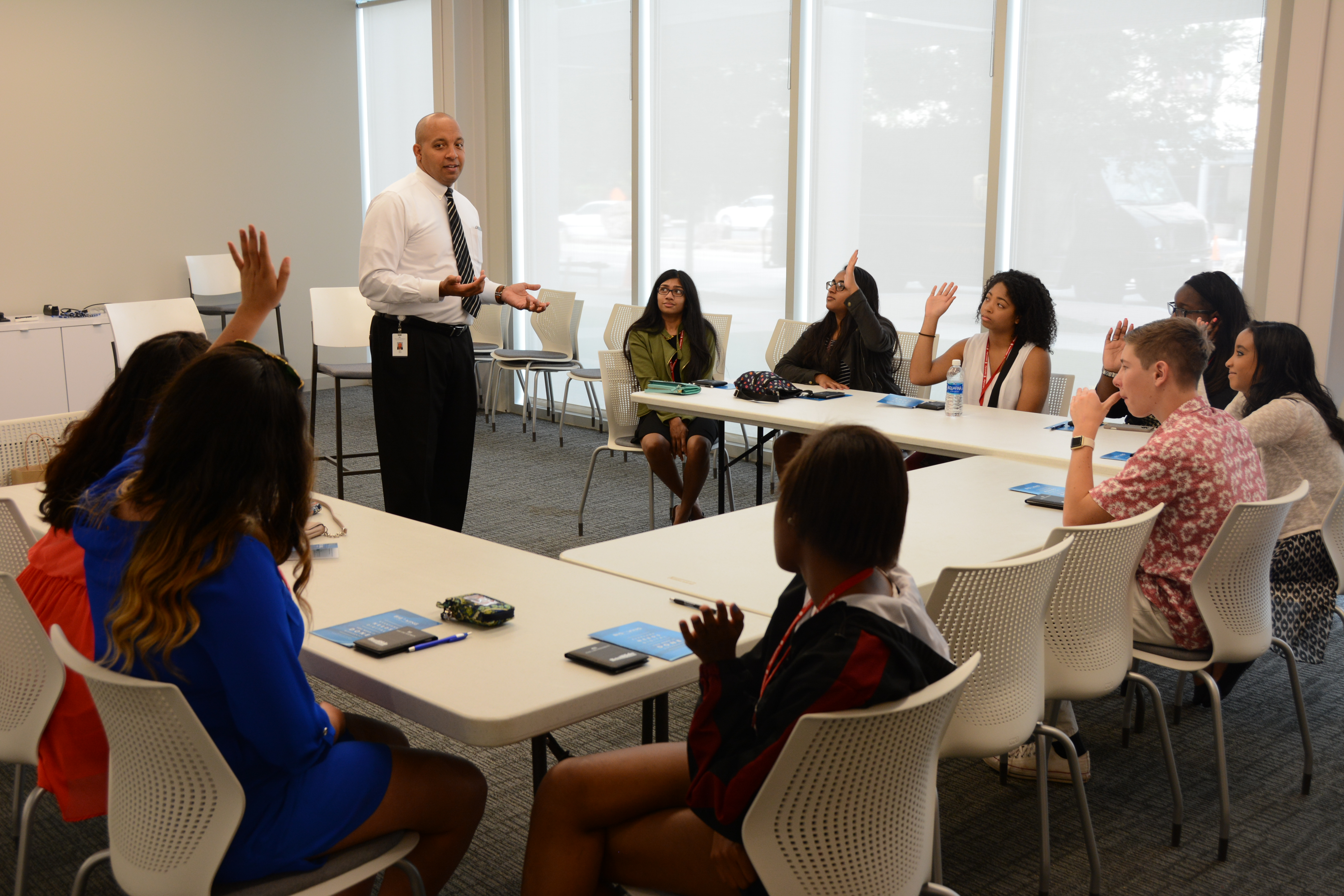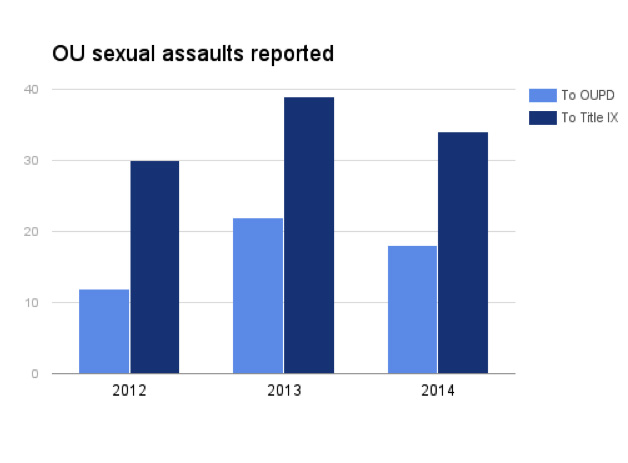When most people think of going to college they think of all the the cool things they’re going to do, being sexually assaulted is not one of them.
Campus rape culture exists at every university in America, and is a constant battle to fix. The University of Oklahoma is trying to combat sexual assault by first, educating freshmen at Camp Crimson, and second, by providing resources like crisis lines and advocates to victims.
But, what’s causing people to do these attacks and are the new changes really helping?
Major Bruce Chan of the OUPD said the department takes several helpful steps to tackle this issue from the moment they receive a report of sexual assault.
OUPD usually sends an officer who will write a report, protect the scene (if there is one), call in a detective who will take statements and call other campus resources.
According to Chan, there’s one thing that seems to be behind most of the rape cases he sees on campus “Alcohol. Victim, suspect, or both,” he said. “[It] breaks down ability to communicate. …. There’s no excuse. People don’t understand ‘no’ when they’re inebriated.”
According to the National Institute on Alcohol Abuse and Alcoholism, at least half of sexual assaults reported in the U.S. involve alcohol.
Another factor that plays into sexual assault is drugs, with Rohypnol (also known as a “roofie”) being the most common one.
The Center for Gender and Equality is also trying to combat sexual assault by running a crisis line for victims and providing education to students. Assistant Director, Kasey Catlett said education can help reduce the number of sexual assaults and can also make bystanders feel more empowered to step in when they see red flags.
Catlett also mentioned that the rape culture usually stems from ‘toxic masculinity’. He said that the only way to change the culture would be to “continue educating” and “pushing back against rape culture.” Catlett said that the new programs being implemented campus-wide are helping end this trend.
Catlett also mentioned that students are usually assaulted during their freshman or sophomore year.
Catlett said the Center has received almost 200 reports of sexual assault over the last two years and most of those victims are so traumatized that they don’t even want to report it from the “fear of being re-victimized.”
Another source of help for those who have been sexually assaulted is the Women’s Resource Center in Norman, which helps men, women and children. The Women’s Resource Center helps victims by advocating for them in court and going with them to the police amongst other things.
Courtney Foster, Coordinator of Sexual Violence Services says she works at the Women’s Resource Center in Norman, because of her passion for helping women. Foster believes the driving force behind rape culture is society’s failure to teach young people respect.
“We need to start teaching girls and boys consent and boundaries,” Foster said “We’ve told women to find gentler ways to say ‘no.’”
Most sexual assaults victims blame themselves for their attack, Foster said. They feel that, “you do this wrong thing so that’s what you deserve” she said.
Like Catlett, Foster says most victims don’t report their assault, usually because the perpetrator is someone they know. About 85 to 90 percent of sexual assaults committed are someone close to the victim like her best friend, or significant other.
Catlett says that there have been fewer calls to the Center this year and that may be the result of either, less cases or more victims scared to silence.
Even though most campuses are trying to fix sexual assaults, there is still a very long way to go but Foster thinks there might be a solution:
“Two ways: One, don’t ask victim what they did wrong. Don’t ask what they’re wearing or doing. Two, support and believe and them.”





